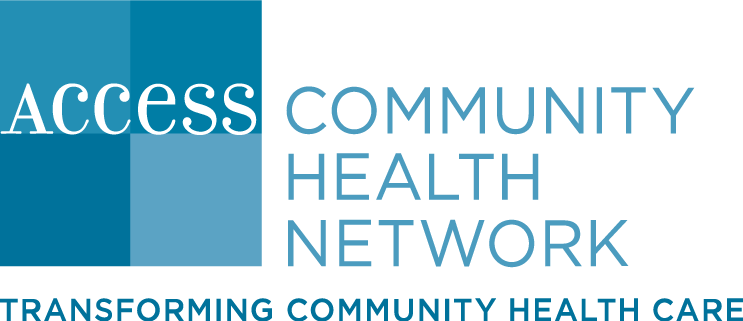Q&A: How to Monitor Diabetes
November is National Diabetes Awareness Month, and ACCESS Chief Medical Officer, Dr. Jairo Mejia is here to answer some questions about diabetes and some helpful tips for monitoring your glucose levels.
1. What is diabetes?
Diabetes is a disease in which the body’s ability to produce or respond to the hormone insulin is impaired, resulting in abnormal metabolism of carbohydrates and elevated levels of glucose in the blood and urine.
Type 1 Diabetes means that a person has a total lack of insulin. Type 2 Diabetes means that a person can’t use insulin effectively.
2. What are symptoms of diabetes?
The following symptoms of diabetes are typical. However, some people with Type 2 Diabetes have symptoms that are so mild that they go unnoticed.
Common symptoms of diabetes:
- Urinating often
- Feeling very thirsty
- Feeling very hungry - even though you are eating
- Extreme fatigue
- Blurry vision
- Cuts/bruises that are slow to heal
- Weight loss - even though you are eating more (Type 1)
- Tingling, pain, or numbness in the hands/feet (Type 2)
3. Why do I need to test my blood’s glucose level?
Monitoring your blood’s glucose level will allow you to determine if it’s too low or too high, which could be an indicator of diabetes. Low blood glucose—called hypoglycemia—can result in everything from drowsiness and hunger, to seizures and unconsciousness. High blood glucose—known as hyperglycemia—can cause nausea, shortness of breath and a diabetic coma. Additionally, regular testing and documentation of your glucose levels can allow you and your doctor to note fluctuations and determine a possible illness or a need to change your medication or diet.
4. What is the difference between your A1C level and your blood glucose level?
If you have been diagnosed with diabetes, then your A1C level should be checked every three months. A safe level is below 7. If you are 65 and older, a safe level is below 8.
5. What affects my blood’s glucose level?
Your blood’s glucose level can be affected by what you eat, medications you take, physical activity and your insulin intake.
6. How often do I need to check my blood’s glucose level?
Typically people with Type 1 Diabetes check their blood glucose levels between four to eight times a day—before eating, before and after exercise, before bed and sometimes, during the night. People with Type 2 Diabetes may test at least twice a day, or more, depending on their insulin intake. Regardless of the type of diabetes you have, it’s important that you consult with your doctor when determining how often you should test your blood glucose levels.
7. How does ACCESS recommend I test my blood sugar?
Your doctor can provide you with a glucose meter to use according to the method for testing your blood sugar that’s right for you.
8. How do I talk to my child about testing his or her blood sugar?
Children are naturally apprehensive about the process of testing their blood’s glucose level. There are a number of steps you can take to help ease the process of testing.
- Let your child know that it’s OK to be bothered by the tests, but that it is necessary to keep them in the best shape possible.
- Explain the testing process in their terms. For example, you can explain how glucose testing can keep them big and strong, and help them do all of the fun things they have planned.
- Never negotiate with your child to limit the number of tests you give him or her. While you may feel as though you’re helping your child, giving fewer tests than your doctor recommends can result in unhealthy outcomes.
9. What are some statistics around diabetes in America?
- According to the American Diabetes Association, 29.1 million Americans, or 9.3% of the population had diabetes in 2012.
- Approximately 1.25 million American children and adults have Type 1 Diabetes.
- Of the 29.1 million, 21.0 million were diagnosed, and 8.1 million were undiagnosed.
- 1.4 million Americans are diagnosed with diabetes every year.
- 12.8 percent of Hispanics 20 years or older were diagnosed with diabetes.
- 13.2 percent of African Americans 20 years or older were diagnosed with diabetes.
- Diabetes remains the 7th leading cause of death in the United States in 2010, with 69,071 death certificates listing it as the underlying cause of death.
- Diabetes is the fifth leading cause of death for those ages 45 years or older.
How We Can Help
By being informed and following your provider’s recommended glucose testing regimen, you can live a full life, despite your diabetes diagnosis. ACCESS providers can provide you with a personalized assessment of your diabetes care and ensure that you’re monitoring your diabetes as needed. You also can learn more about managing diabetes through ACCESS' free diabetes education classes.
Source: http://www.diabetes.org/diabetes-basics/statistics/?referrer=https://www.google.com/
As of November 12, 2022
